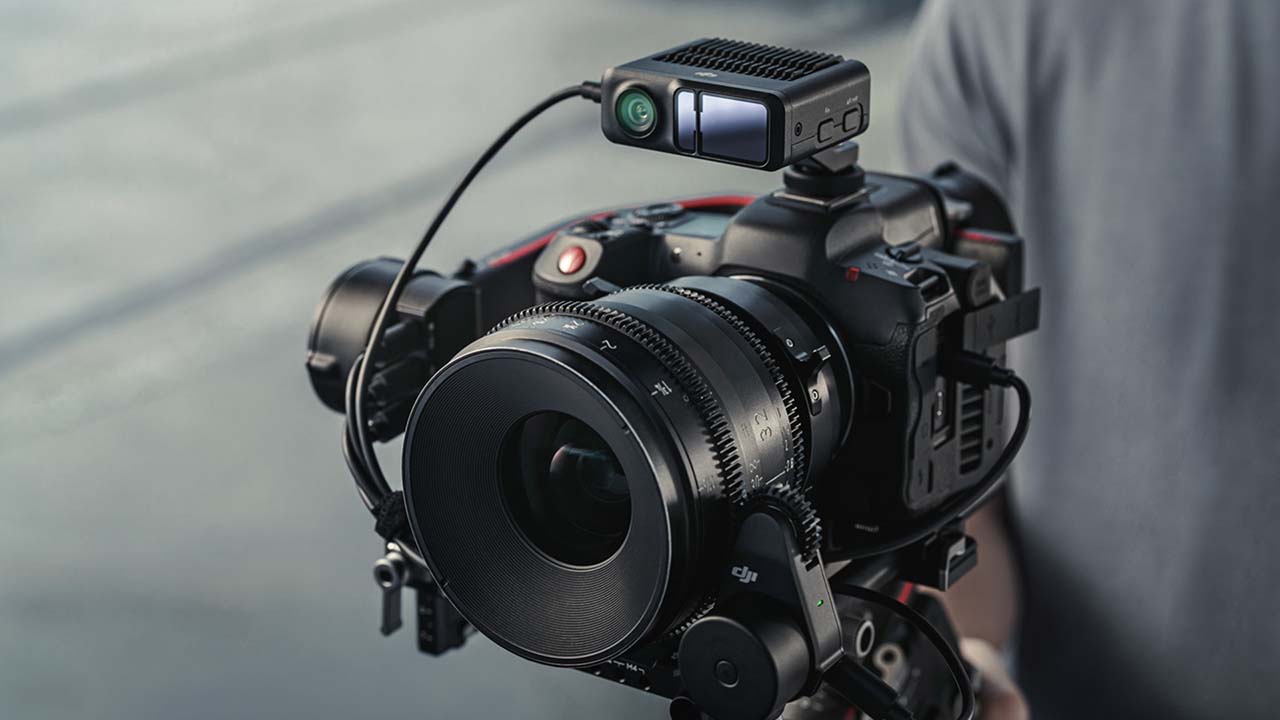
A partnership between Panasonic and DJI is bringing LiDAR focussing to the LUMIX S and GH series of mirrorless cameras.
There aren't many cameras with LiDAR focusing. In fact one of the only models available is DJI's Ronin 4D, which it's fair to say is an unusual beast. One of its headline abilities was to be able to track an object or person, while keeping them in pinpoint focus. The system, for the most part, worked very well. Although at the time we reviewed it we found it could be confused by subjects moving behind objects such as trees and the like. But, what we couldn't deny was how fast and accurate it was when it was being used in ideal conditions.
LiDAR has one big advantage over phase detection focus in that it works in very low lighting levels. This is why most phase detection focus systems are called 'hybrids', because they also incorporate contrast detection focus as well to fall back on in low light situations.
Panasonic's S5II series cameras have only just incorporated phase detection focus, which was a big upgrade in performance from the previous S1 and S5 models. Now, Panasonic S series owners, as well as owners of the company's MFT GH series cameras, will have another choice of focus and tracking system, at least if they are using a Ronin gimbal, thanks to a partnership between DJI and Panasonic.
LiDAR for all
Owners of cameras from the S1 all the way through to the S5IIX will now be able to take advantage of a deeper compatibility with DJI's Active Track system when used with the Ronin RS2, RSC 2, and RS3 series gimbals, as well as expanding compatibility with the LiDAR focus module of the RS3 Pro. Currently the S1, S1R, S1H, S5, BS1H, GH6, GH5 II, G9, and GH5S all work with Active Track without any additional hardware. This ability is now being extended to the S5 II, S5 IIX as well, which means that all of these cameras can now work with DJI's gimbals without the need for RavenEye.
The increased compatibility and capability of the LiDAR focussing unit is most interesting. Currently the system controls a motor system mounted to geared manual lenses. However, the compatibility roadmap is being extended such that the combination of the gimbal and LiDAR tracking module will be able to control Panasonic's motorised lenses directly, taking over from the camera's native focussing system.
It's an interesting development, and despite some of the limitations of LiDAR focussing, such as the limited distances (currently 14m) that it works at, this is a partnership that could go much further. For example, if the LiDAR system could be made to work in tandem with the phase detect or contrast detection focus systems that are built into the cameras. Or even the ability to use the LiDAR module without the need for a gimbal.
How this all pans out long term remains to be seen, but it's a partnership we'll be keeping a close eye on.
Tags: Production Cameras


Comments